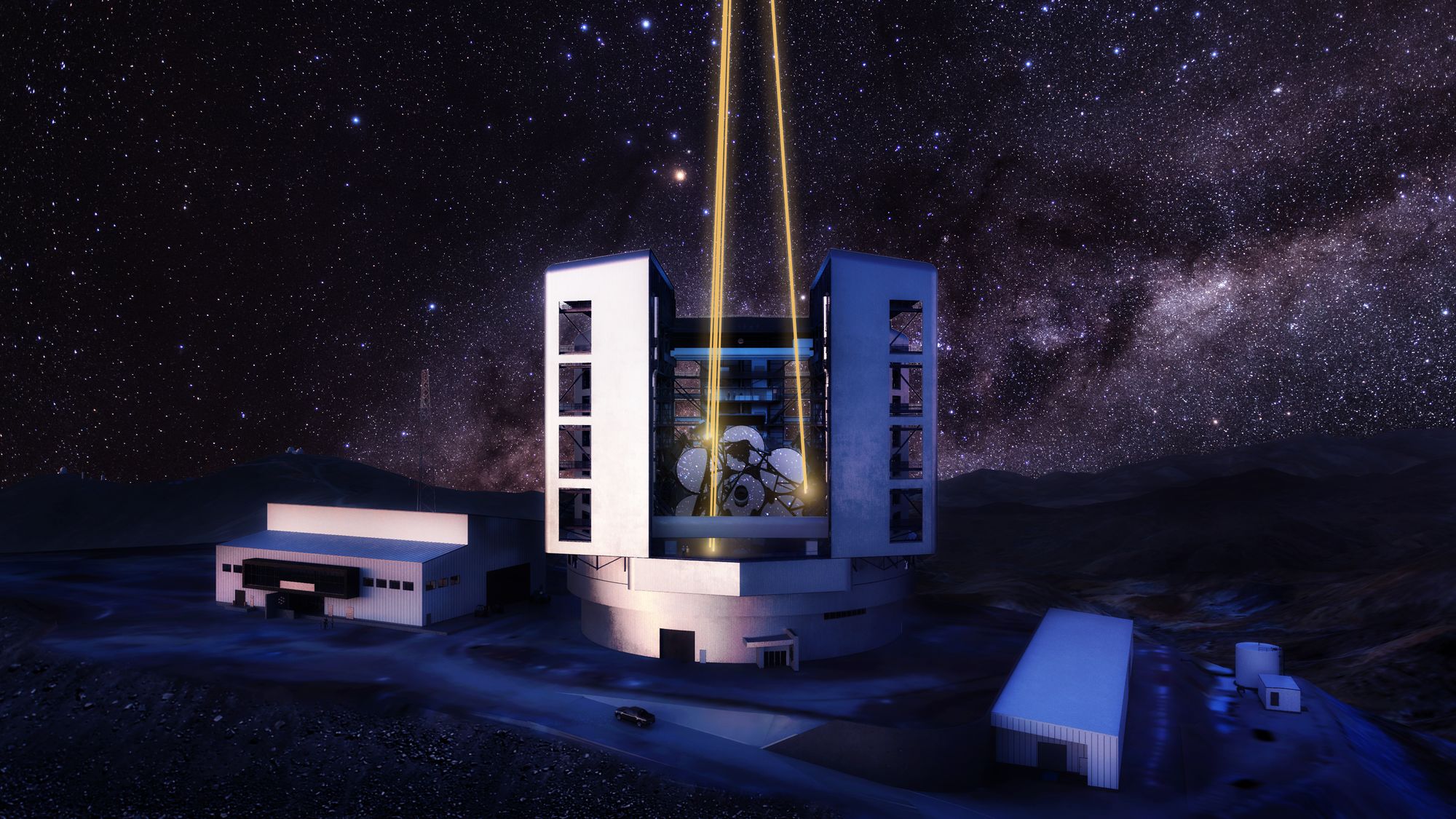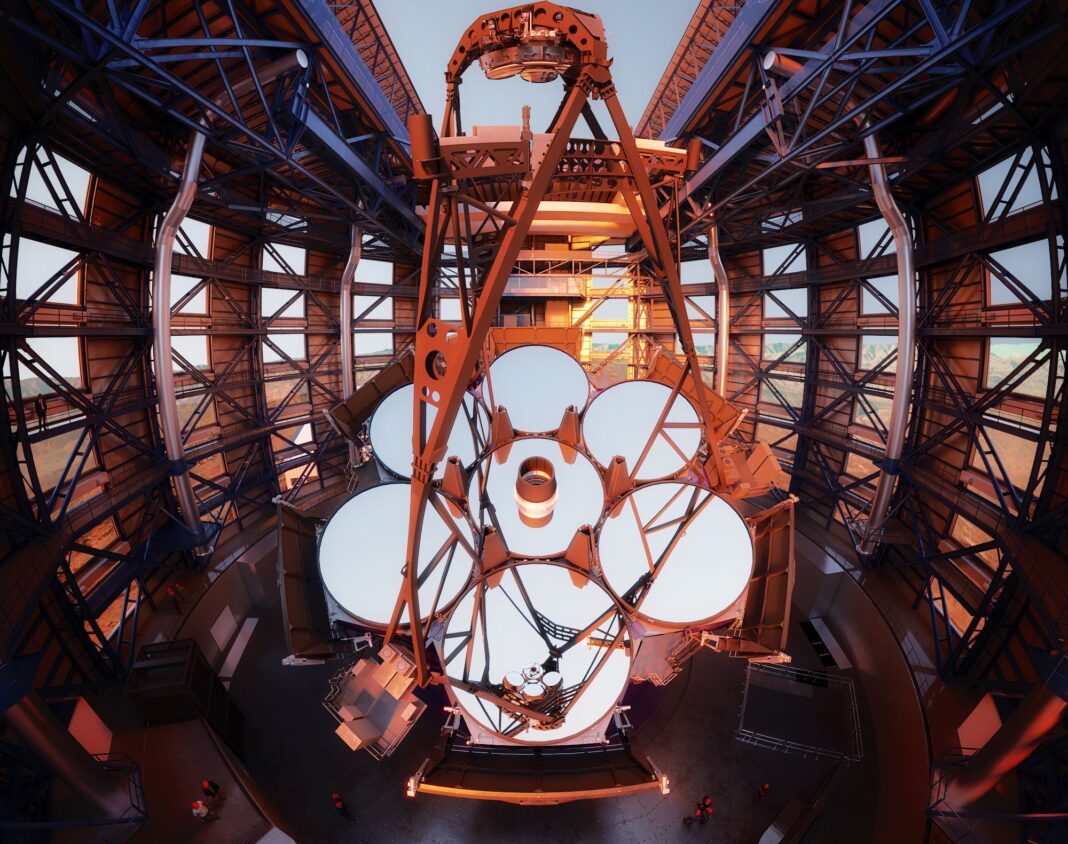The James Webb Space Telescope has been hugely popular, but a much better competitor is growing in the Atacama Desert. It is called the Giant Magellan Telescope and it will be the most advanced telescope in the world. It needs $1 billion to complete and has now received $205 million in funding. It has 10 times the light-collecting area of the James Webb, 4 times its spatial resolution, and 10 times the spatial resolution of the venerable Hubble Space Telescope.

Information about the telescope
The Giant Magellan Telescope is the largest Gregorian optical infrared telescope ever engineered. Its unique design is the most optically efficient of all 30-meter-class telescopes, providing the widest field of view of the Universe with seven of the world’s largest mirrors. The telescope is under construction on Las Campanas Peak at the southern edge of Chile’s Atacama Desert. Commissioning is scheduled to begin in the late 2020s.

What will the telescope be used for?
Scientists will use the Giant Magellan Telescope to study nearly all aspects of astrophysics — from searching for signs of life on distant exoplanets to investigating the cosmic origins of chemical elements. With a resolving power four times the James Webb Space Telescope and up to 200 times more powerful than existing research telescopes, it will obtain new clues to the fundamental nature and evolution of the Universe.

It will make it possible to study the physics and chemistry of the weakest light sources in the universe. It will make it possible to search for life on potentially habitable planets, make it possible to study distant galaxies, and also make it possible to find answers to many important questions related to dark matter and black holes.

Fascinating facts
- A total collecting area of 368 square meters will deliver images sharp enough to resolve the torch engraved on a dime from nearly 160 kilometers away.
- The 25.4-meter primary mirror array consists of seven of the world’s largest mirrors, each 8.4 meters in diameter and weighing 18 metric tons.
- Seven adaptive secondary mirrors can reshape their 2-millimeter-thick surface 2000 times per second to correct for the optical blurring effect of Earth’s atmosphere over the widest field of view of any telescope.
- Light path only takes 2 or 3 reflections (depending on observation mode) before entering scientific instruments, the most efficient photon usage of all Extremely Large Telescopes.
- Gregorian design can accommodate up to ten scientific instruments, more than any other telescope.
- The telescope mount is 39-meters-tall, weighs 2,100 tons and is housed in a 65-meter enclosure that can complete a full rotation in nearly 3 minutes.
- Median seeing at Las Campanas Peak in Chile is 0.63 arcseconds at 5000 Å, with the best quartile below 0.50 arcseconds — some of the best optical seeing on Earth.

The new investment will speed up construction
It is not yet certain when the telescope will be completed, but it recently received significant financial support to speed up construction. It has secured a $205 million investment from its international consortium to accelerate construction. The investment will be used to manufacture the giant 12-story telescope structure at Ingersoll Machine Tools in Illinois.

“We are honored to receive this investment in our future,” said Dr. Robert Shelton, President of the Giant Magellan Telescope. “The funding is truly a collaborative effort from our Founders. It will result in the fabrication of the world’s largest mirrors, the giant telescope mount that holds and aligns them, and a scientific instrument that will allow us to study the chemical evolution of stars and planets like never before.”
This ground-breaking telescope could be completed by the end of the decade, and it will be fascinating to observe all the images and information it will help obtain.
Credit: Giant Magellan Telescope – GMTO Corporation
Resources:
https://giantmagellan.org
https://giantmagellan.org/2022/08/02/205-million-investment-accelerates-construction/















